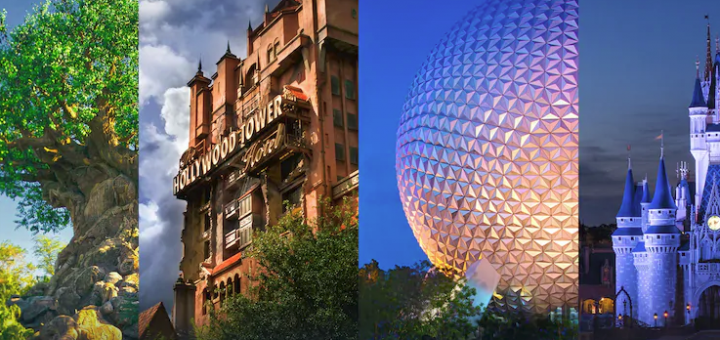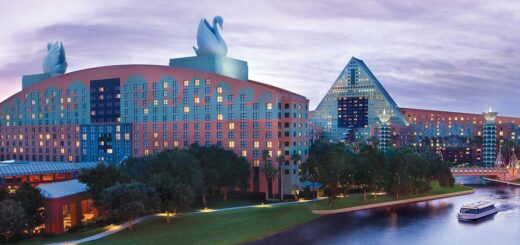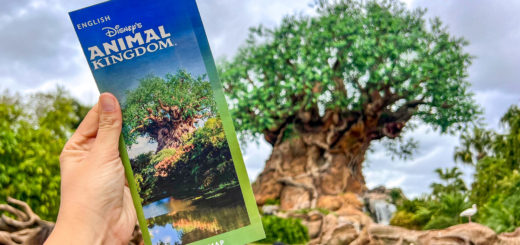How Park Hopping Works at Walt Disney World in 2021
Walt Disney World just restored one of its most beloved amenities.
As of New Year’s Day, guests may Park Hop once more!
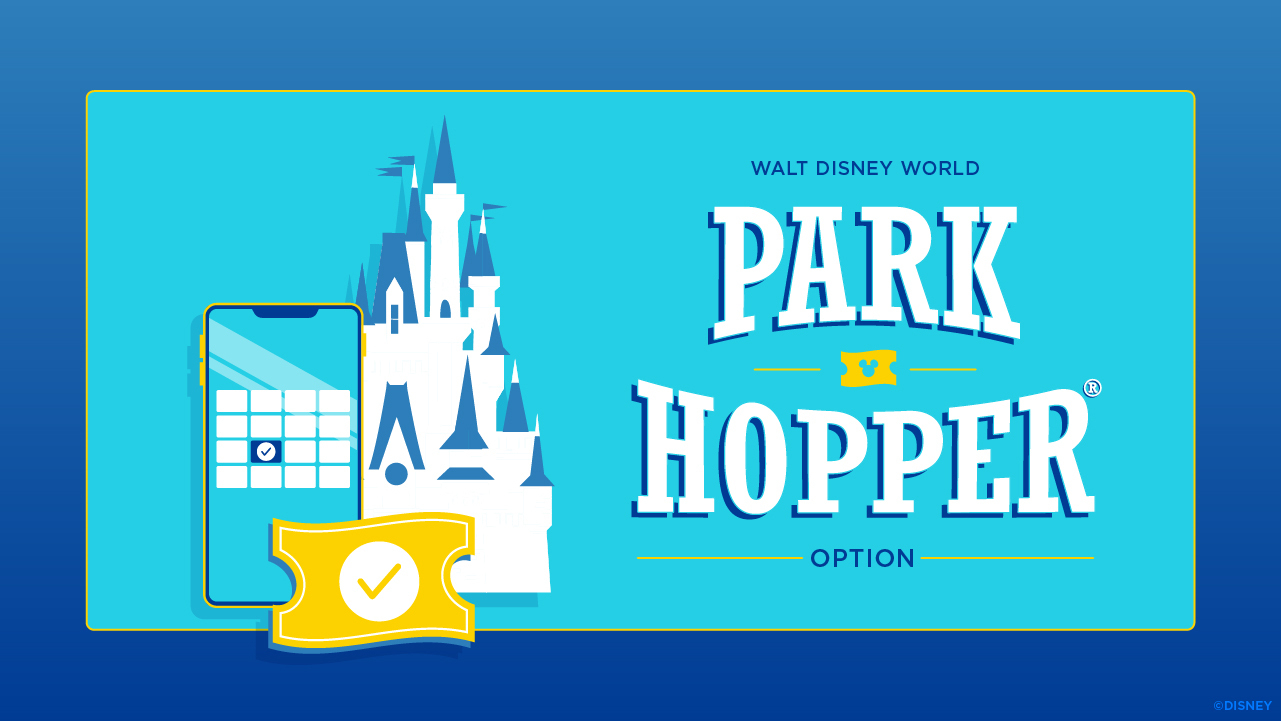

Walt Disney World had removed Park Hopping as an option for the first six months of its reopening.
Thankfully, park strategists have proven they can maintain the flow of traffic enough to allow this practice. So, this is not a drill!
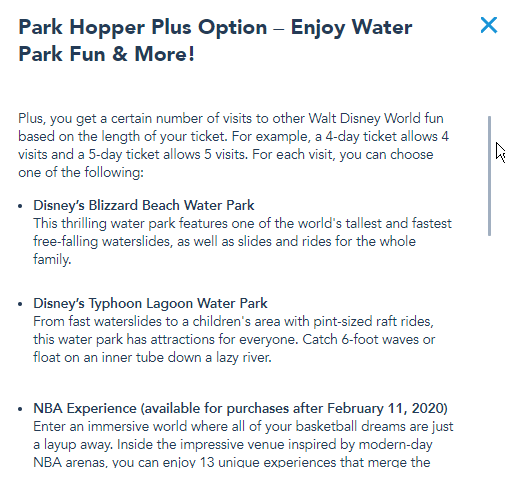

You can finally Park Hop again in 2021. Here’s how it works and everything else you need to know.
The New Normal for Park Hopping
Everything I say here is subject to change, depending on how well it works during the early days.


Photo: Disney
For example, Disney introduced Boarding Groups for the debut of Star Wars: Rise of the Resistance.
Since then, the Boarding Group rules have changed at least six times for a ride that opened 13 months ago. And the parks closed for four months of that.
Long story short, Disney will tweak anything if it’s not working at maximum efficiency.


Keeping that in mind, the rules for Park Hopping have changed some.
The last time you Park Hopped, you could leave one park at any time and then arrive at another whenever the mood struck you.
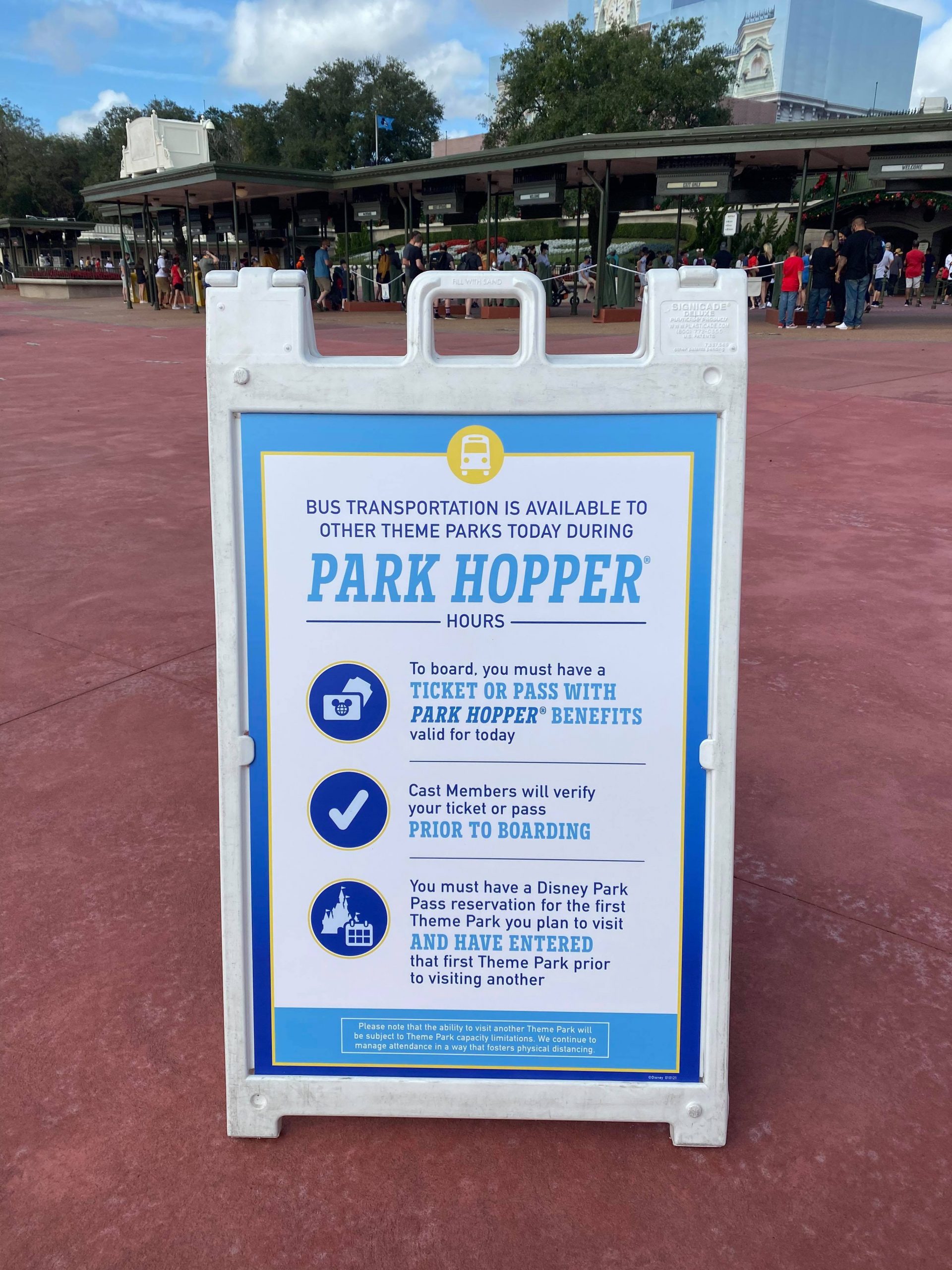

Park hopping sign
During the pandemic, that premise is a non-starter. Disney meticulously tracks park capacity right now. Otherwise, it’d violate social distancing policies.
So, Walt Disney World operates differently right now.
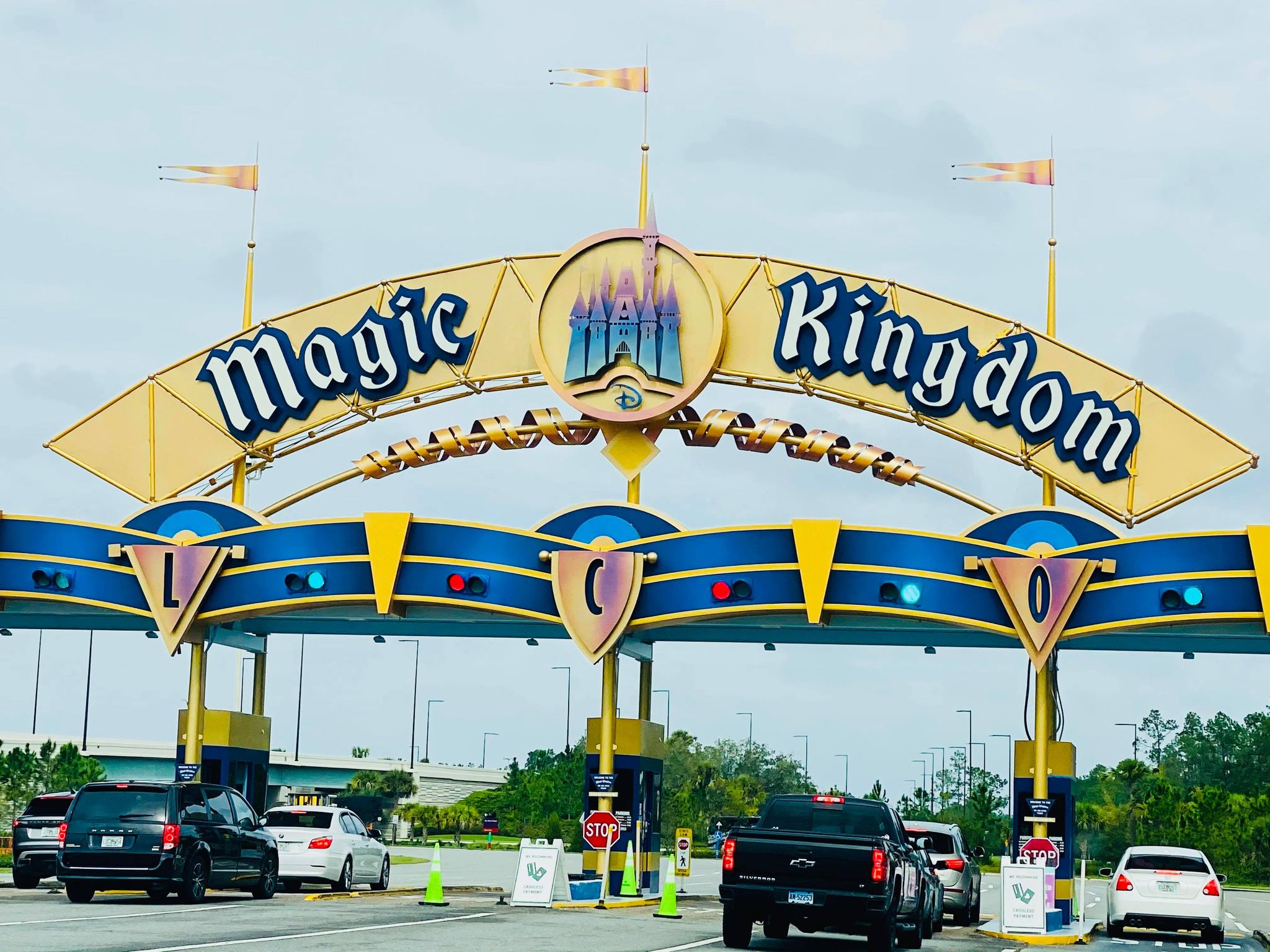

The Two Requirements for Park Hopping
You cannot come and go as you please at Disney parks in 2021.
On the contrary, Disney requires a Park Pass for any upcoming visit.


Photo: Matt Stroshane
Even when you own an annual pass or another valid admission, you need a Park Pass, too.
Without the Park Pass system, Disney couldn’t monitor expected attendance for a given date, which would cause a multitude of problems.
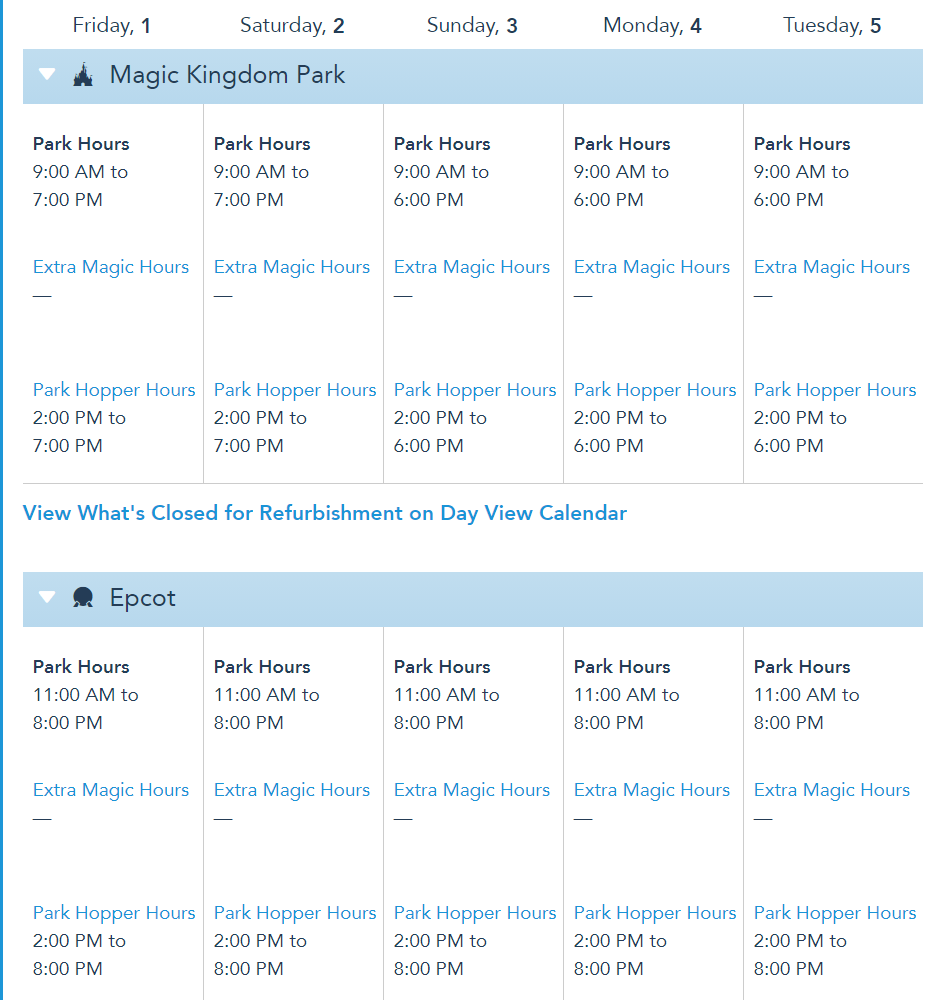

Your Park Pass identifies that you’ll visit a park on a given day. Disney uses this information to guesstimate attendance, knowing that not everyone will come.
Currently, maximum park capacity caps out at 35 percent.
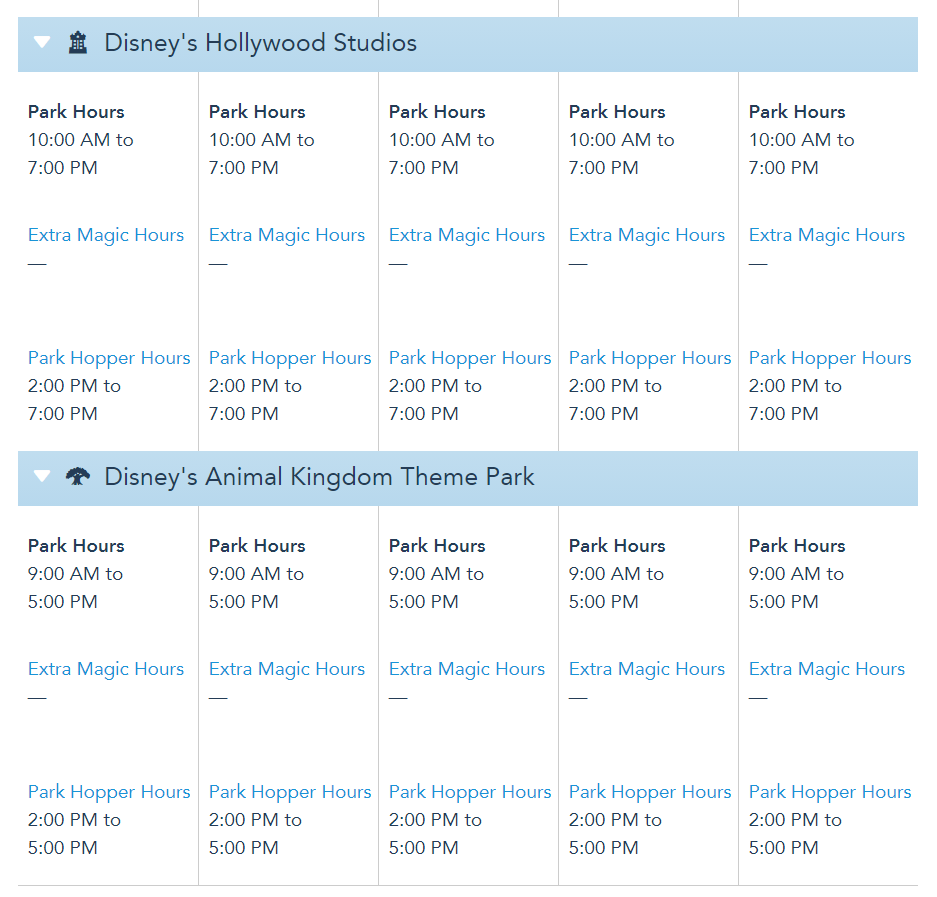

Disney allots a set number of daily tickets for each park to ensure that attendance never crosses 35 percent.
Without your Park Pass, you’re not getting in. That’s true even if you want to Park Hop. I’ll explain.


Historically, you needed one thing to visit a Disney theme park: an admission ticket.
Disney sells a single-day admission ticket, multi-day tickets, and annual passes.
You can add Park Hopper to any admission ticket for a modest fee. If you don’t do this, you cannot Park Hop anyway.
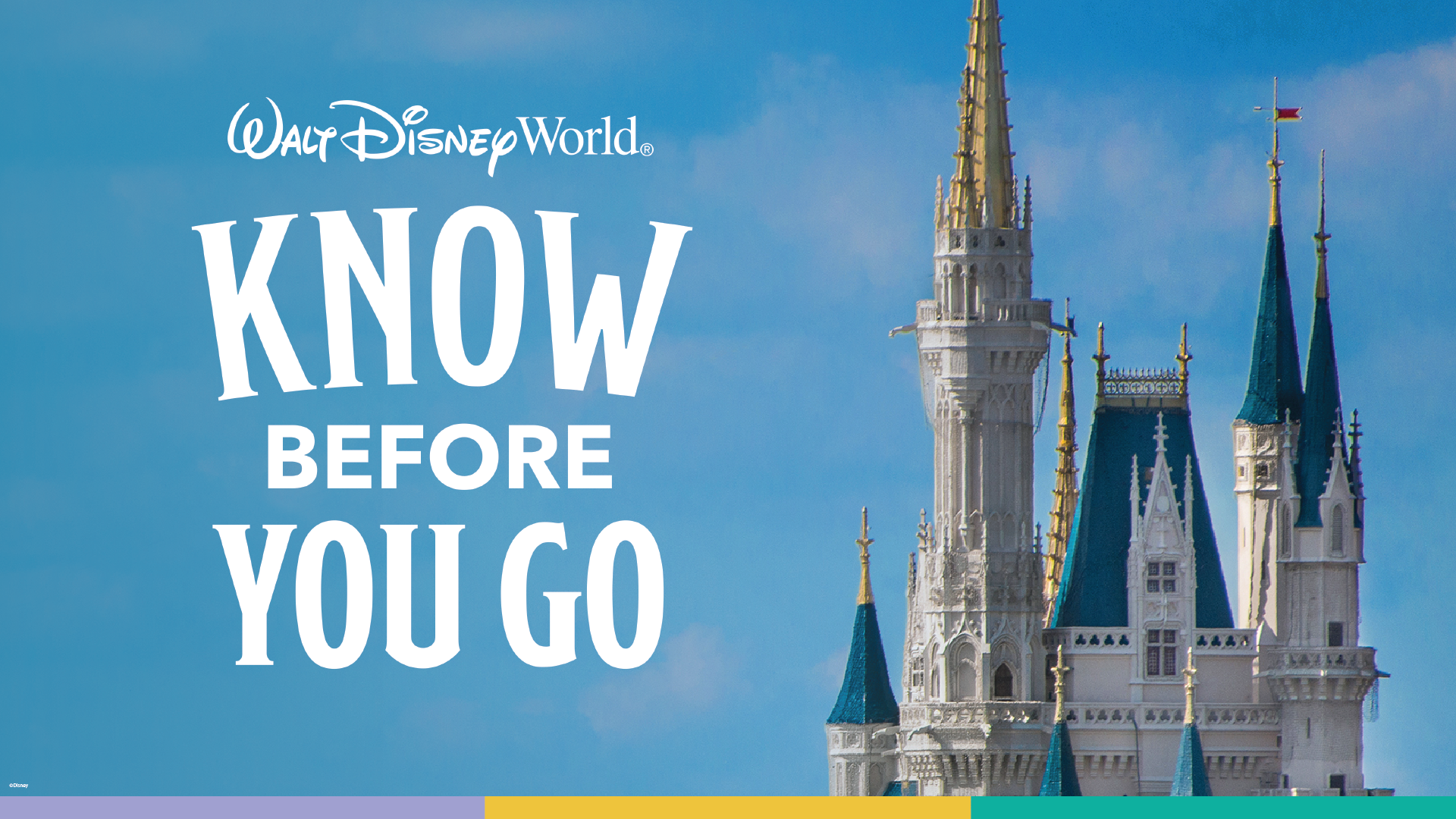

Throughout 2021, you’ll also need the Park Pass. So, it’s park admission plus Park Pass to get in.
Over the course of the year, COVID-19 vaccines will become more prominent, reducing everyone’s risk.


Herd immunity remains a target as well, thanks to these vaccinations.
If/when one of these eventualities transpires, Disney may do away with Park Passes. Until then, you should always expect to need one.
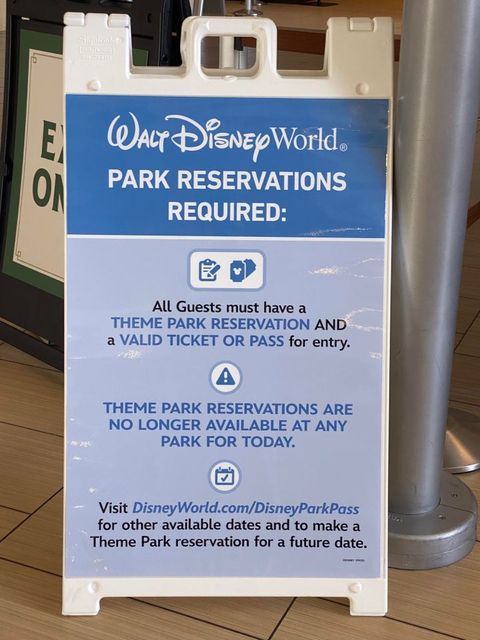

The New Rules for Park Hopping
Okay, let’s presume that you have admission tickets with Park Hopper and a Park Pass for the day of your visit.
You can officially Park Hop once again. However, it won’t work quite as you remember.
You cannot enter another park until 2 p.m. So, you can leave the place where you possess a Park Pass whenever you want.
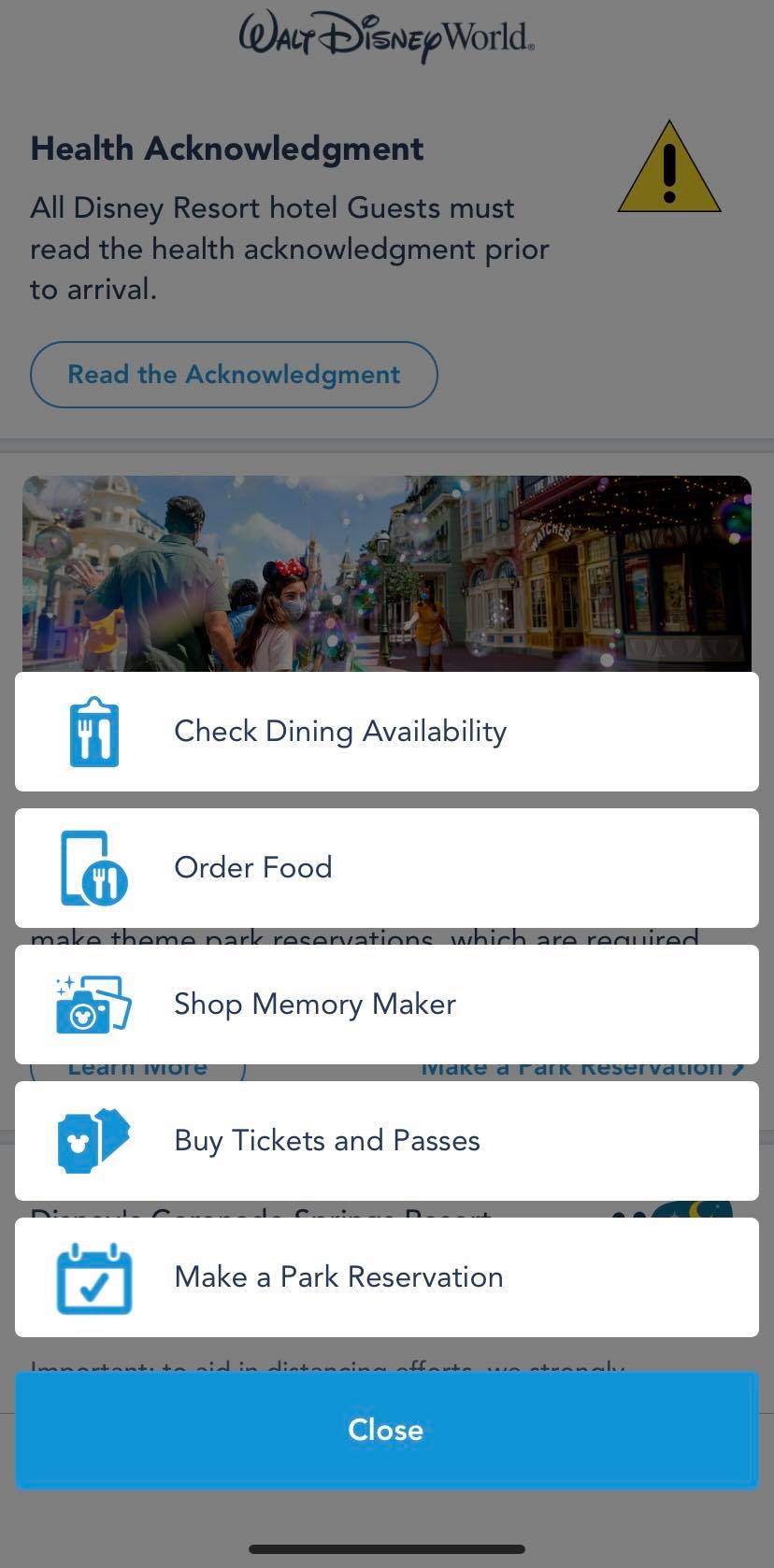

You cannot enter a second park until after 2, though. Disney did loosen the Park Hopping restrictions more than I’d expected, though.
Presuming nothing changes, you can Park Hop multiple times during the same day. It’s theoretically possible to visit all four parks in one day again.


(Kent Phillips, photographer)
Obviously, you’re taking on a challenge to do so. The parks close earlier during the pandemic to allow cast members more time to sanitize them.
For you to visit all four parks, you’d need to walk in the second one at 2 and then head to the third within two hours or so.
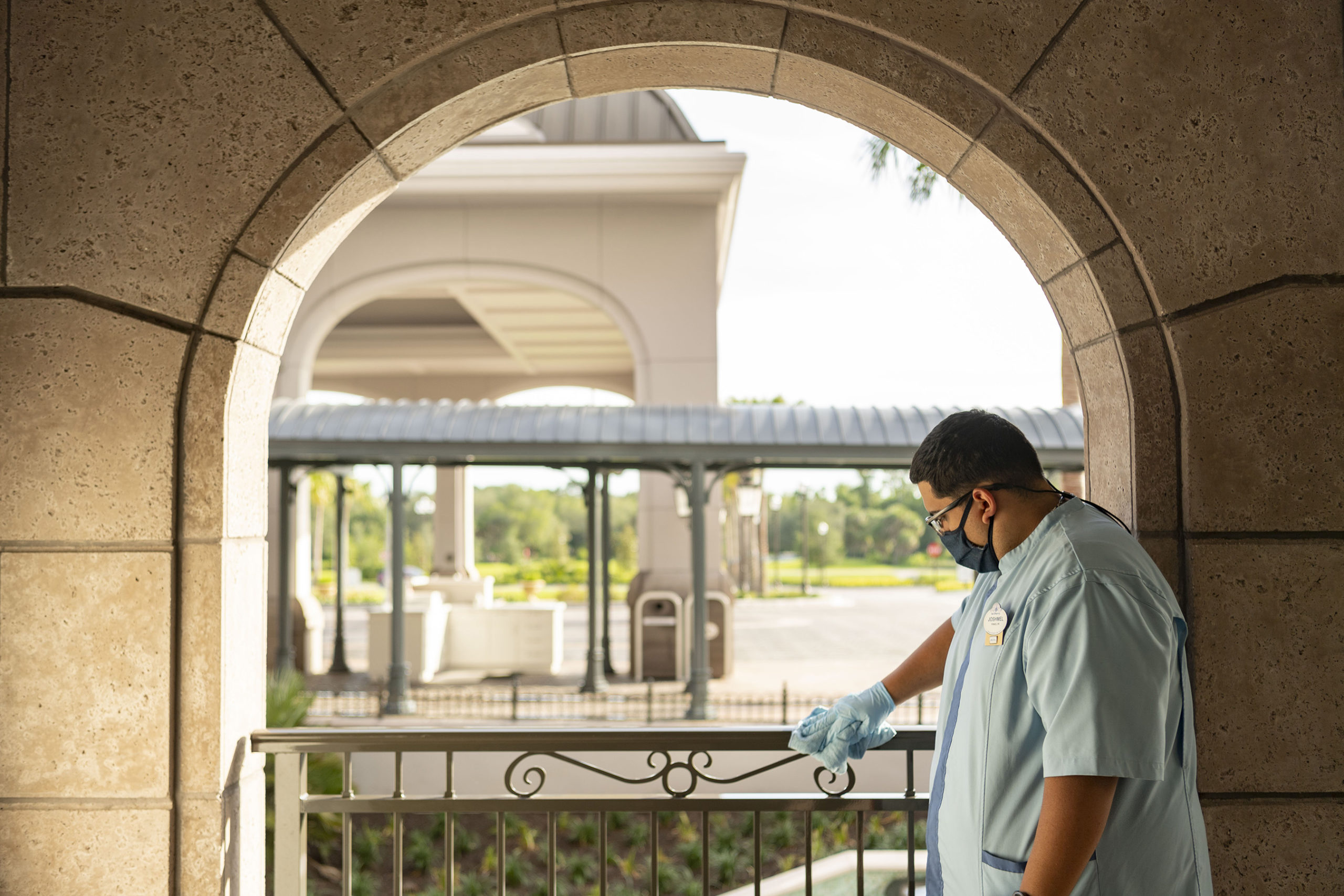

(Matt Stroshane, photographer)
Otherwise, you’ll run out of time before you can enter the fourth.
Also, I cannot stress this enough. You still need a Park Pass.
In reading about Park Hopping, you may think that anything goes after 2 p.m. That’s not the case at all.


Image Credit: Disney
Disney will check for valid Park Pass ownership before allowing you in any park each day. Without that, you’re screwed.
I presume these rules are in place to prevent locals from swarming the four parks, especially EPCOT, after 2 p.m. That would ruin the headcount.
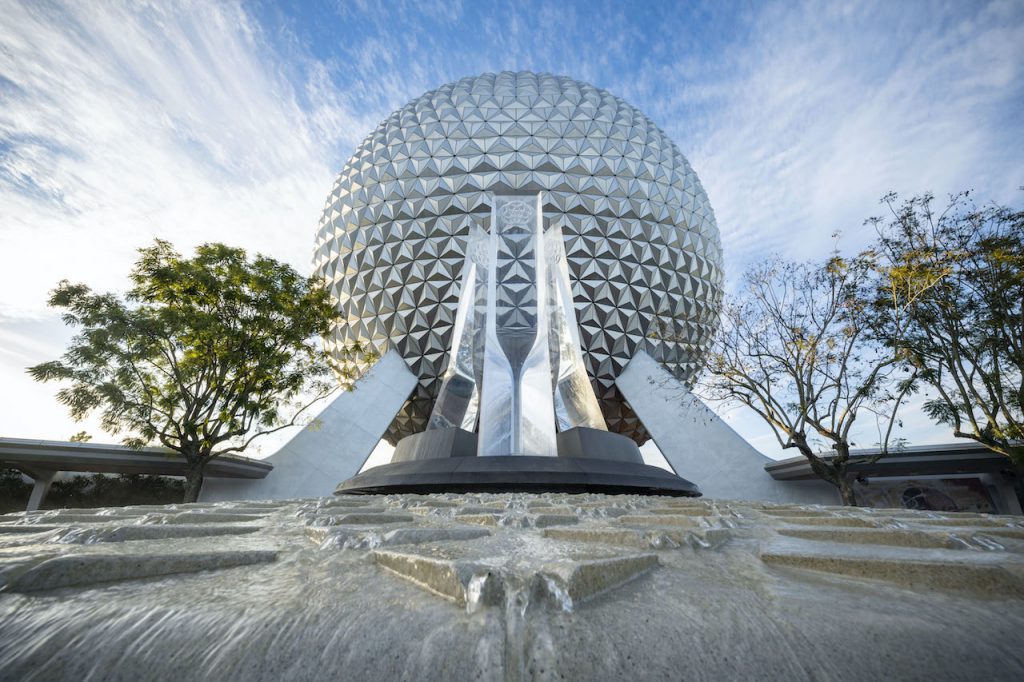

So, with a Park Pass and park admission, you can start Park Hopping at 2.
Park Hopping Strategies
Now, let’s talk strategies and understand what’s going on.
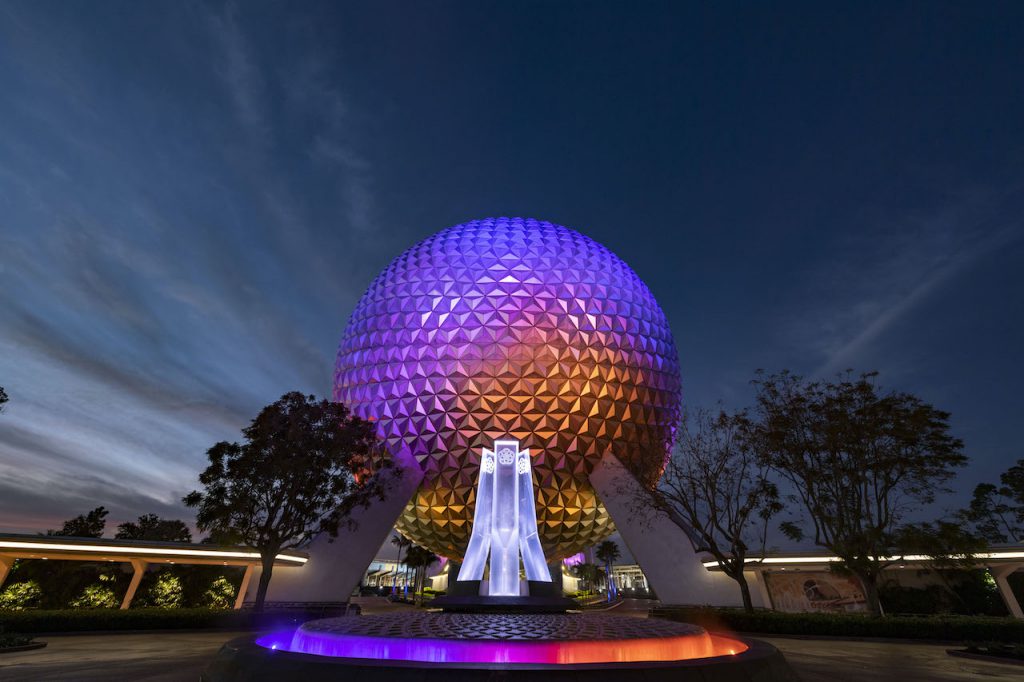

After Walt Disney World reopened, a trend developed. Guests would accomplish so much by the afternoon that they would leave early.
MickeyBlog has discussed this many times while suggesting park visit pro tips.


Photo: Disney
Three of the four parks turned into ghost towns 60-120 minutes before closing.
The lone exception is Disney’s Hollywood Studios, which has three new attractions.


The return of Park Hopping represents Disney’s hope to maintain park traffic throughout the day.
Disney earns substantially less revenue when the parks are open but not at/close to that 35 percent capacity threshold.
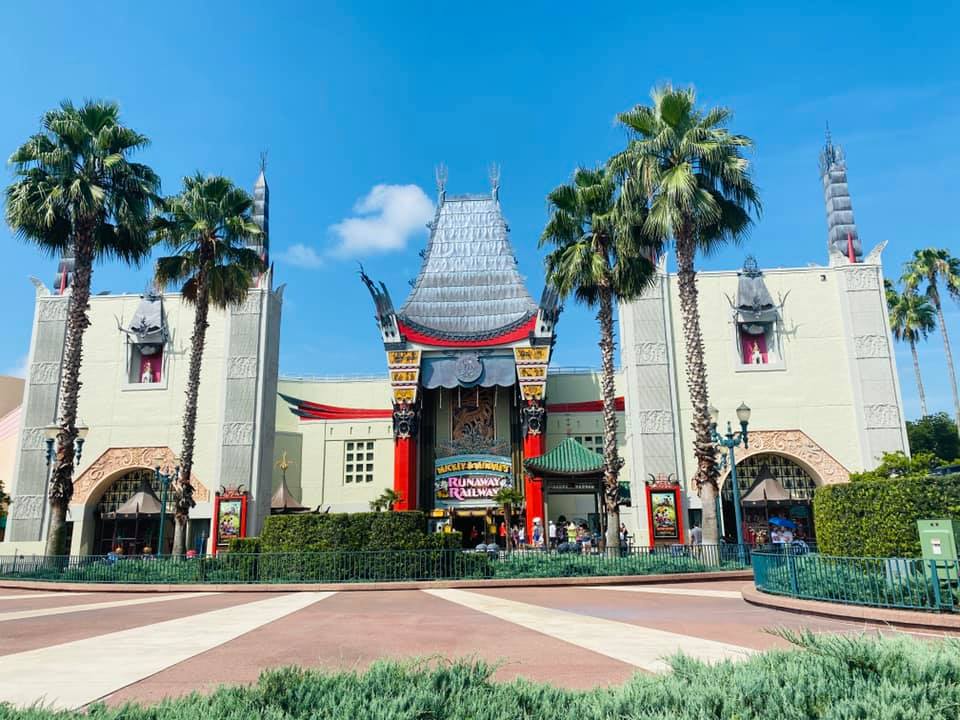

Image Credit: Disney
In other words, Disney possesses an incentive to keep guests at the parks. Obviously, Park Hopping achieves that goal.
For you, the corporate revenue matters little, but you’re still the big winner here. You can finally leave one park and visit another on the same day!
Out of everything we’d lost at Walt Disney World due to Coronavirus, Park Hopping was one of the two things I missed the most. (FastPasses are the other.)
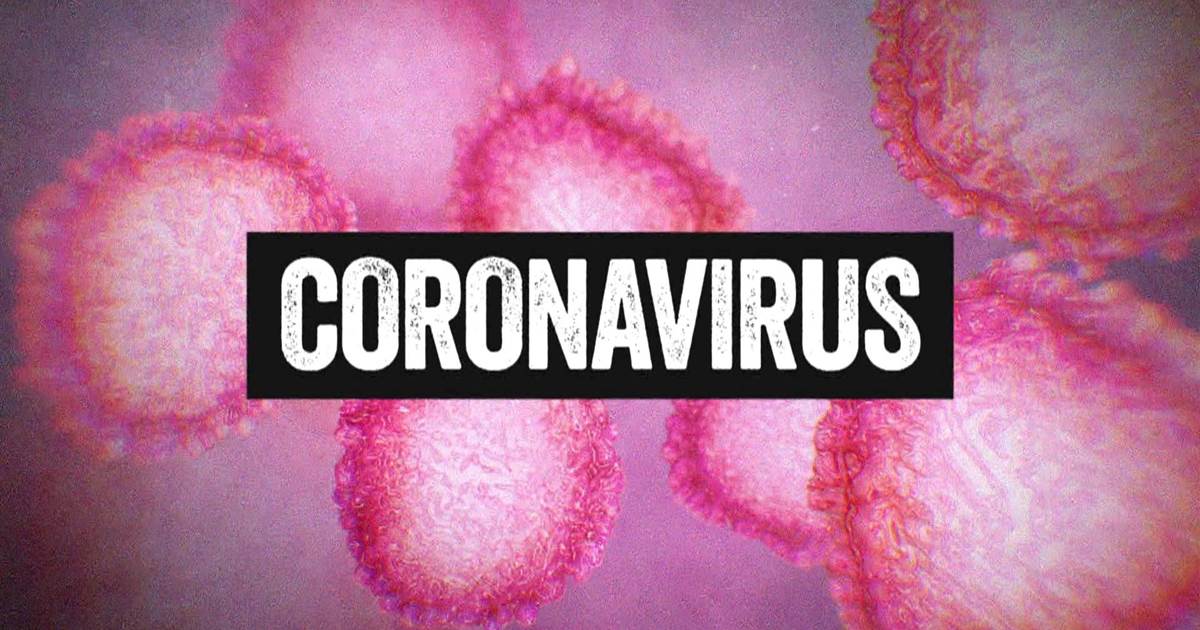

Park Hopping Tips
This section will be brief since we’re all re-learning the new rules.
Still, some basics apply. You should plan to arrive at the second park within a few hours of its closing time.
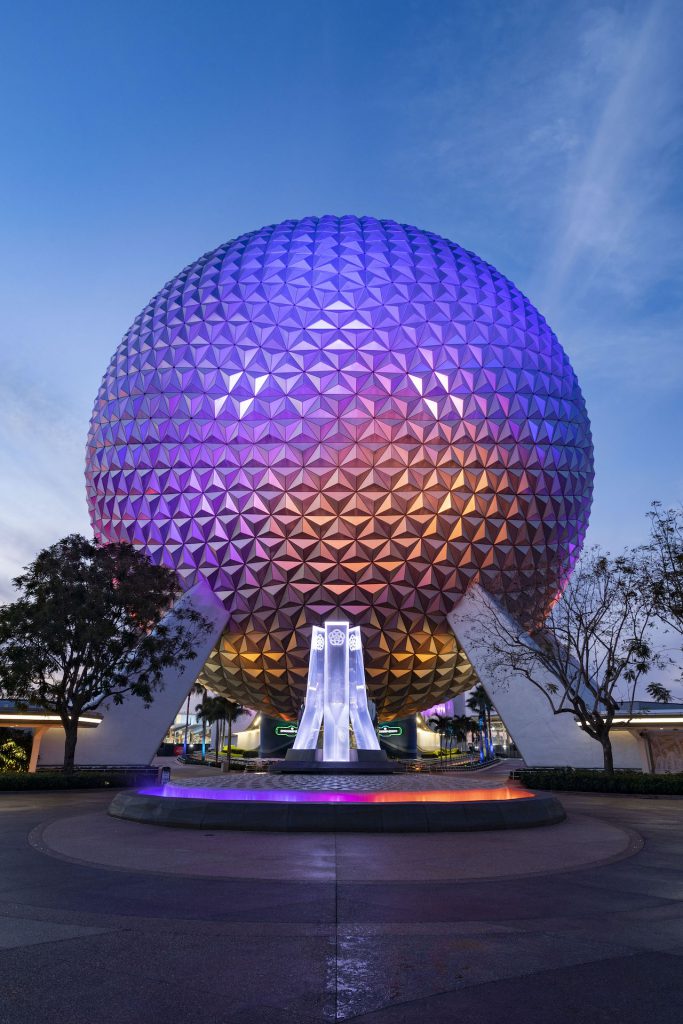

I wouldn’t suggest getting there at 2 p.m. on the dot. You may experience some crowding issues at the park gates at this time.
Simply by waiting another 15-30 minutes, you should avoid the crowds.
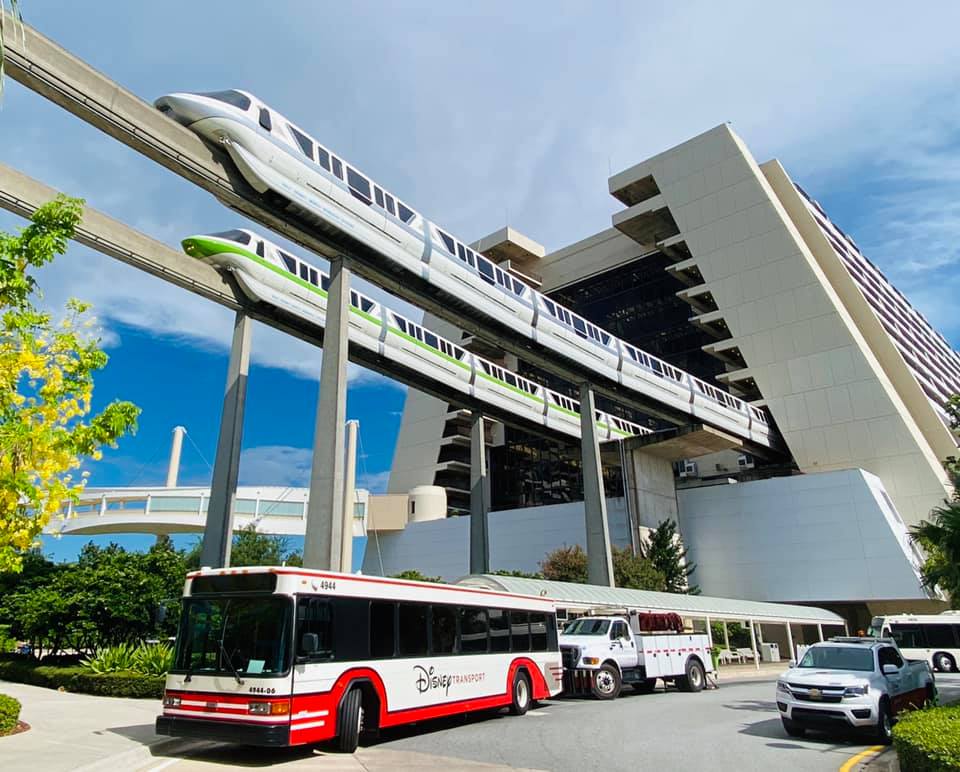

A good tip would involve taking a bus or monorail to a Disney resort early in the afternoon.
Once you’ve done everything you desire at the first park, you can eat somewhere that’s off the beaten path.
Then, after your meal, you can take a bus to your Park Hopping destination.
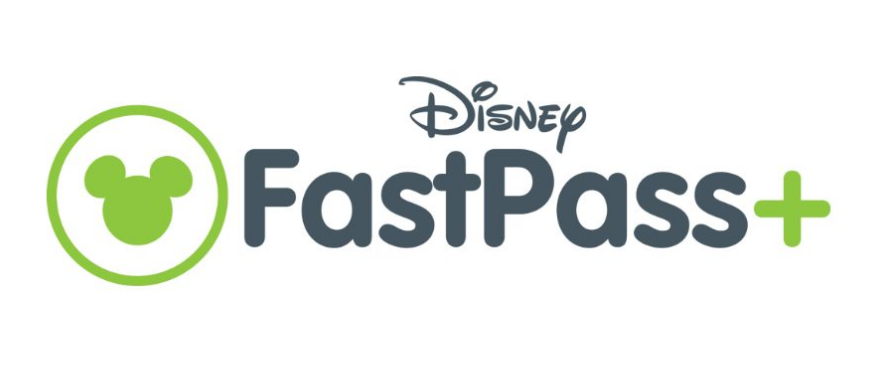

Since Disney doesn’t offer FastPasses at the moment, you should utilize My Disney Experience to estimate wait-times for your favorite attractions.
You may even want to choose your second park based on these wait-times.


It’d defeat the purpose for you to leave one park, only to wait longer at the next one.
I strongly suggest EPCOT as a second park due to its odd wait-time disparity. Many of its attractions border on walk-ons late in the day.
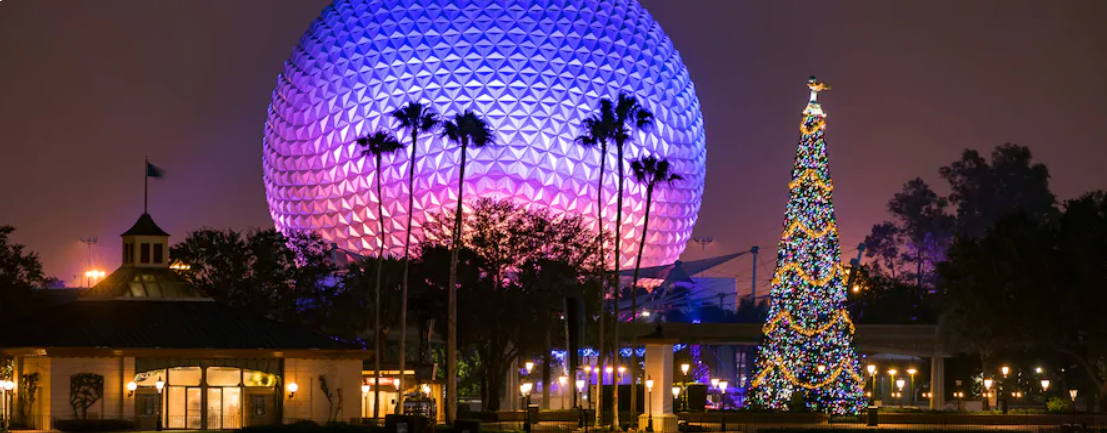

You can get a lot done here while also enjoying the Taste of the EPCOT International Festival of the Arts.
Disney’s Animal Kingdom seems to empty by 3:30 on many days. You’d have 90-150 minutes of quality time.
The one drawback is that this park closes the earliest of all Walt Disney World options.
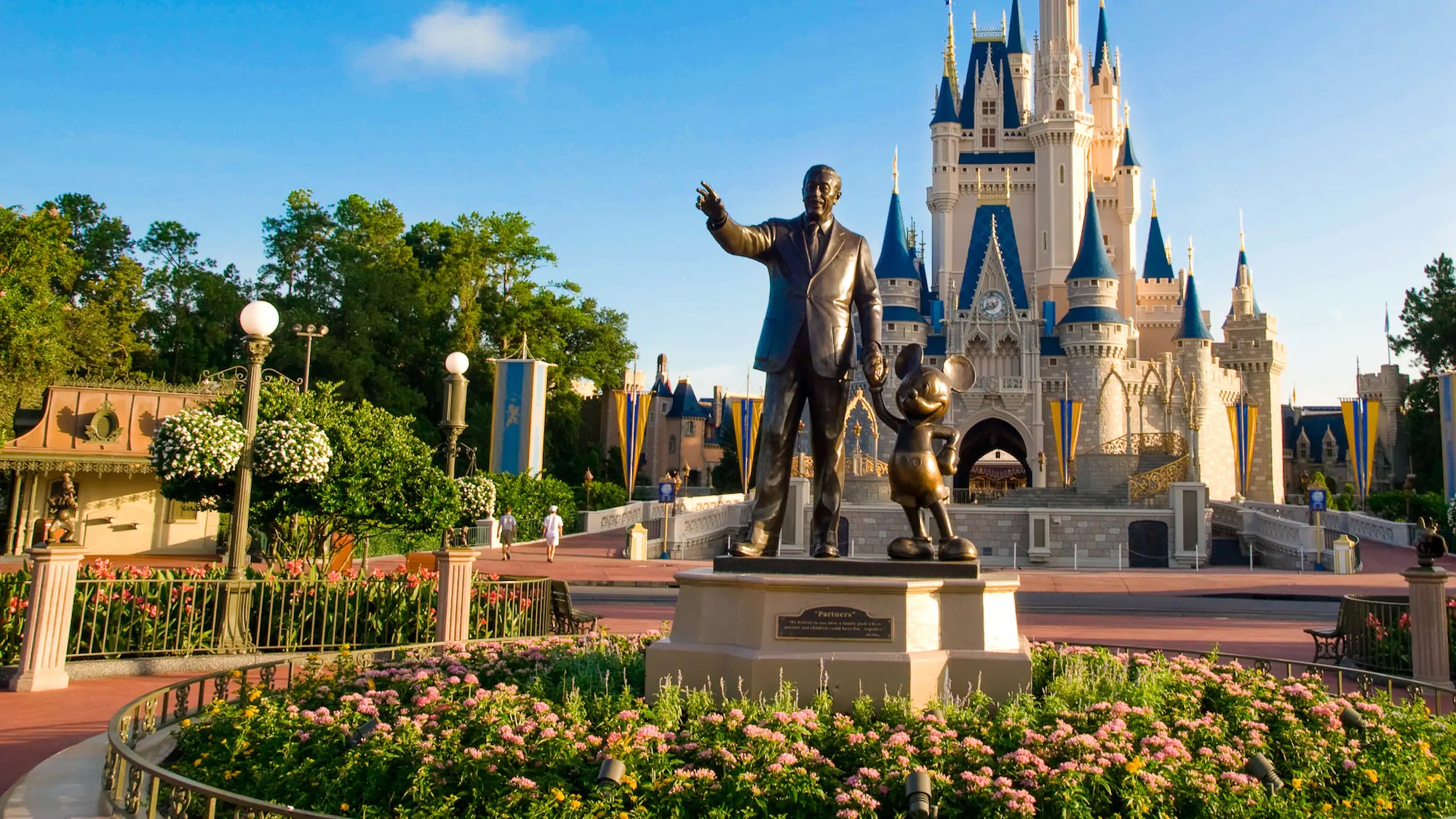

Photo: Disney
Meanwhile, Magic Kingdom depends on the day. You should monitor wait-times here extremely carefully, as this place can switch at a moment’s notice.
One moment, you’ll feel like visiting there is a bad idea. Then, 15 minutes, it’ll seem quite reasonable. So, keep checking!
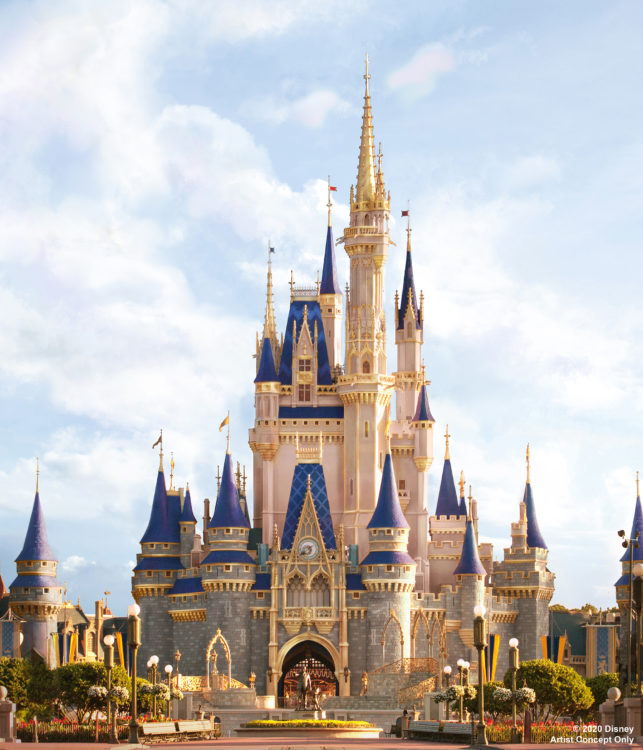

Photo: Disney
Other Park Hopping Rules and Advice
In reviewing current Park Hopping rules and procedures, you should understand the EPCOT monorail remains offline.
You must take a bus from park to park. Also, Disney still limits capacity. There exists the possibility that the park you want to visit won’t have space.
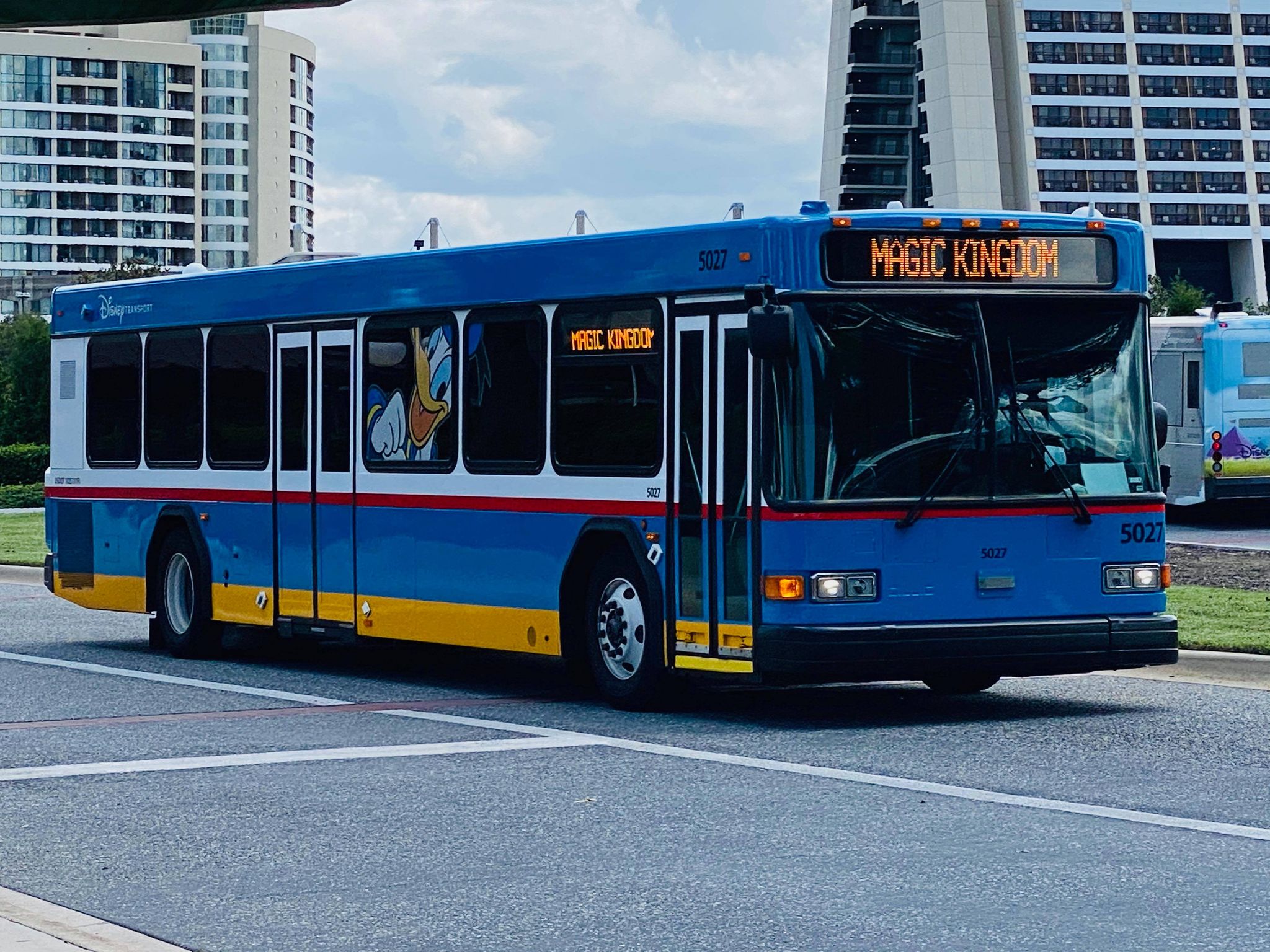

To prevent the waste of time from traveling to such a park, you can ask a cast member about availability.
Disney currently stations cast members at the bus, but that practice may not continue. It’s too soon to say.
Ordinarily, I’d recommend that you check with Guest Services on your way out of the park.
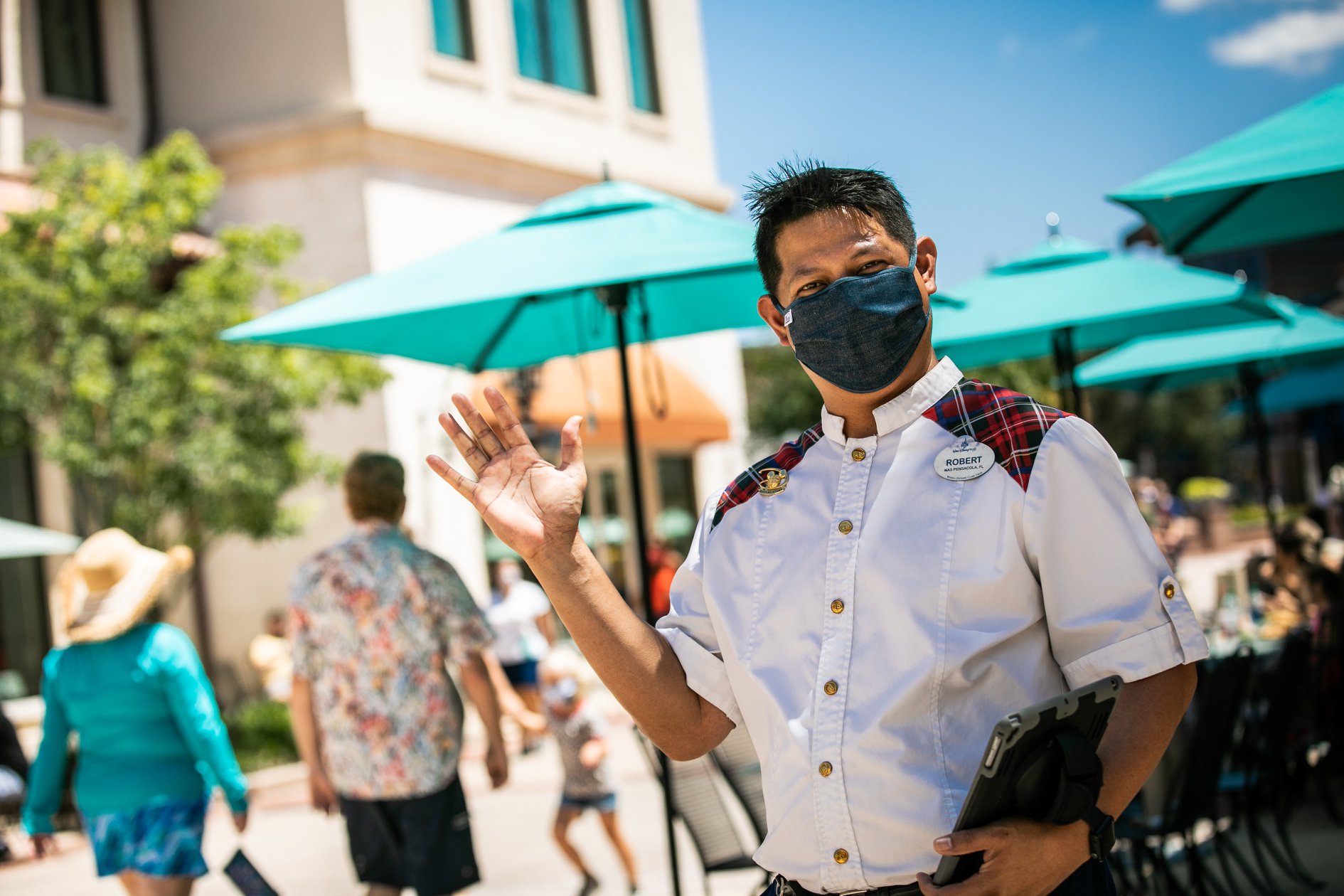

However, we’re still in a pandemic. So, the safest tactics involve your phone.
You can either ask via the help desk on My Disney Experience or call (407) 560-5000 to ask.
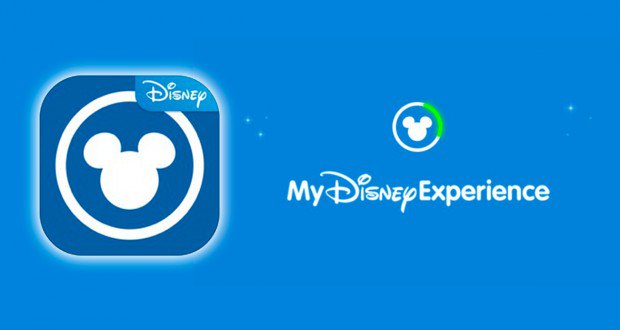

I should stress that park sellouts near closing time remain unlikely for the rest of January. This guidance primarily appeals to Spring Break and beyond.


